
Musica Sequenza
Sampling Baroque / Händel
Album DE 2016 on Deutsche Harmonia Mundi label
Electronic and Classical (Abstract, Ambient, Baroque, Dark Ambient, Downtempo, Experimental, IDM, Minimal, Minimal Techno)
“THE DEAF HAVE FOUND THEIR EARS, – THEIR EYES THE BLIND” It was with these words that an unnamed English poet hymned George Frideric Handel in 1724, hailing his unparalleled impact on London’s musical scene. Handel had first come to the English capital in 1710, at a time when Italian opera was largely neglected in Britain. Not until 1719 did the city’s nobility establish the first operatic venture, the Royal Academy of Music. It lasted for only nine seasons. Within the space of three decades Handel wrote almost forty operas, founding his own opera companies and often suffering financial ruin in consequence. The market for opera in 18th-century London was volatile. Today’s music market is very different, although it is by no means easier for artists. Just as Handel helped one particular type of music to achieve its breakthrough in London, so today’s musicians seek to find an audience for their endeavours. Musica Sequenza brings together Handel’s operatic arias with new forms of musical technology and with the sounds of an urban 21st century. Handel’s melodies are his strength. Instantly memorable, they express the emotions of his operatic characters. Handel reused a number of them: there was no copyright in his day, nor could music be reproduced by technological means. Sampling and the phenomenon of universally available music did not exist in the Age of Baroque. Ever since he was a child, the composer Burak Özdemir has been exploring the world of sound. He collects sounds, combining them, rendering them unrecognizable and testing their mutability by taking them to their furthest extreme. He knows about performing techniques on period instruments just as he is aware of the almost literally limitless possibilities of electronic music. Human feelings – love, pain, joy – are the same as they were in Handel’s day. In Baroque opera seria they were described as “affects”, with carefully delineated dividing lines between them. This is Burak Özdemir’s starting point. He brings electronic music into the equation as a chamber recitalist. Every aria has its own world of sound. Bizarre electronic sounds are brought face to face with the love songs of Handel’s operatic heroes. In this way timeless feelings can be heard with fresh ears. HANDEL: ELECTRONICS A conversation with the composer, bassoonist and ensemble leader Burak Özdemir. “Sampling Baroque / Handel” is the first album that Musica Sequenza has released using both period and electronic instruments. Does this mark a new stage in your development? BÖ: We have been combining the Baroque with electronic music for a very long time, but many aspects of the present release were new to us. This was a complex production process. I began by preparing arrangements of a number of Handel’s scores, after which I wrote the electronic works as a separate exercise. For me, it was important that every track should have its own electronic aesthetic. So I spent a long time researching the matter and created some new sounds of my own. Once the arrangements were finished, we recorded them in Berlin and then combined them with the electronic elements in Van Rivers’ New York studio. Why did you choose music by Handel for this project? BÖ: I have always been fascinated by the arias in Handel’s operas that deal with the subject of love and also by the characters who have to endure so much in these works. Take Giulio Cesare: Cleopatra’s arias express particularly deep and introverted emotions in which today’s audiences can rediscover themselves. How can Baroque arias about love be reconciled with electronic music and with a 21st-century aesthetic? BÖ: At first sight electronic music creates a very cold impression when compared with the emotionally charged arias sung by the various characters in Handel’s operas. I wanted to ensure that both of these musical genres retained their sense of extreme. When they come together, they should collide with one another as emphatically as black and white. On the one hand, all that love, drama and pain in Handel’s music and, on the other, the latest electronic technology – the high end of the world of synthetic sounds. How did you use the electronic technology? BÖ: We used some extremely complicated equipment. Every number has its own set of digital instruments with various effects and plug-ins that we used to make the analogue sound less recognizable. In this way I wanted to find out how Handel’s universe would react to my electronic sounds. How did you use sampled sounds? BÖ: Whenever Baroque composers wanted to express elements from the world of nature in their music, they had only limited opportunities to do so because of the instruments that were available to them. If I want to introduce the sounds of nature into one of my own compositions, then I can record them with the help of my technology. In the da capo section of “Lascia”, for example, you can hear a bird. In “Nel passar”, conversely, I incorporated the sound of a whip being cracked. These sampled sounds increase the range of musical expression and intensify the affects. Your album starts with an overture that you yourself composed. This is followed by Handelian arias on the subject of love. Is the album designed to be listened to as a miniature opera? BÖ: Yes, that’s right. The overture comes from my electro-Baroque opera Fuga, which audiences heard for the first time in New York in 2010. I wanted the album to have an “objective” overture, so that it isn’t linked to a particular Handel opera from the outset. Between the arias there are passages of dialogue, resulting in a story in three acts. You have also composed two new intermezzos: End Credits and Midimelt. In Midimelt the bassoon sounds almost like a synthetic instrument. BÖ: I’d describe the Midimelt track as “minimalist techno”. The melodic figures are made up of as few notes as possible and are repeated. I wanted to become a part of the synthetic music with my instrument. This piece draws its life from its profound pulse. Dissonances in the strings create a dramatic break, modern harmonies are played on gut strings: in this way these sound keener than they would if modern instruments with steel strings were used. You perform on a Baroque bassoon on this album. Why? BÖ: This instrument is more authentic than a modern bassoon in terms of the idea of the sound appropriate to the Baroque arias that I have used. I am immensely fond of the combined sound of bassoon and electronic music and had a very clear idea of what it should be like. I find the Baroque bassoon’s dynamic spectrum and its rich palette of colours particularly thrilling. This can be heard very clearly in the bonus track, Hallelujah, in which I have recorded three bassoon parts. Structurally, it resembles a chorale. And so the album draws its strength from its use of contrast. It’s certainly not background music. You need to listen to it and experience it in all its intensity. BÖ: We treated the electronic component as if it were an independent musician, a colleague. We weren’t interested in producing a remix. There is a whole world of detail in the sound. Each time I listen to these tracks I myself hear something new and hope that fans of Baroque and electronic music will take their time and get to know these works properly. Text and interview: Christian Schruff Translation: texthouse
Musicians
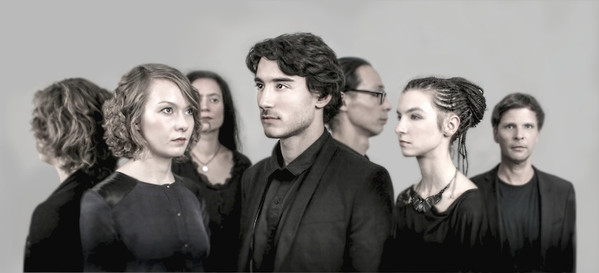 | Musica Sequenza b, album by |
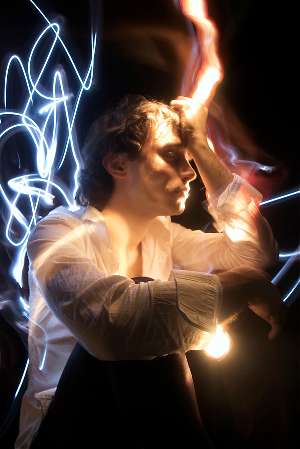 | Burak Özdemir bsn, TR art direction, baroque bassoon, composed by |
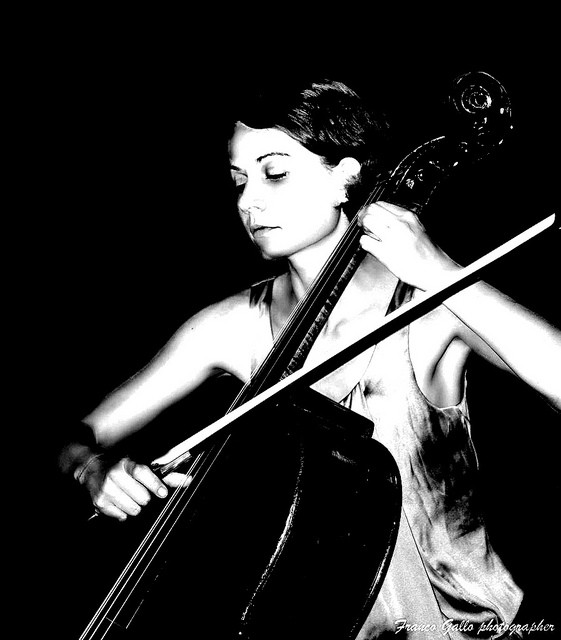 | Linda Mantcheva vc, *1977 BG baroque cello |
 | Zhechao Xie baroque viola |
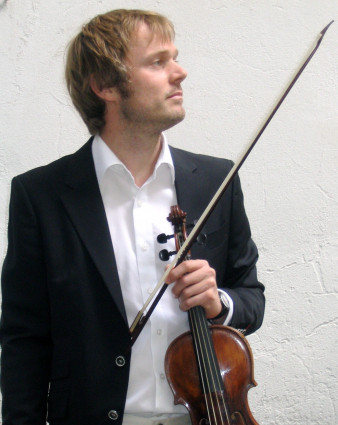 | Andreas Pfaff vn, DE baroque violin |
 | Daniela Gubatz baroque violin |
 | Monique Steffen baroque violin |
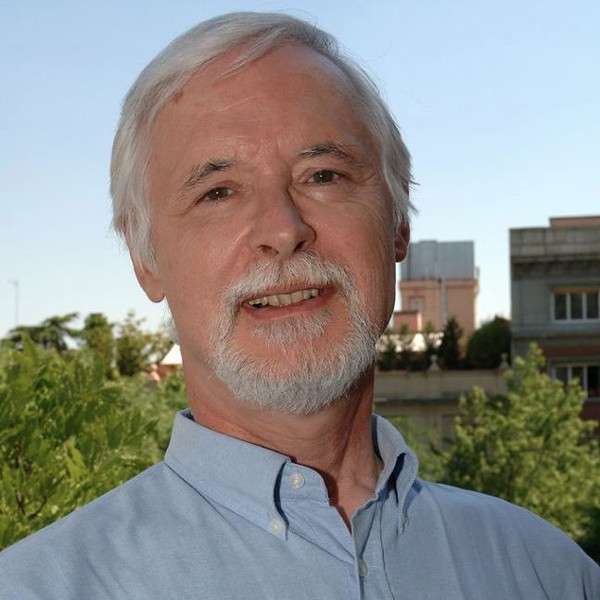 | Sergio Blanco voc, 1948-2015 ES theorbo, baroque guitar |
Producers
| Christian Jaeger edited by, recorded by, mastered by |
| Van Rivers mixed by, additional production by |
| Alexander De Tey production manager |
| Sophie May recording assistant |
Composers
| Burak Özdemir |
| Georg Friedrich Händel |
Album Tracks
| No | Title | Artist | Composer | Duration |
|---|---|---|---|---|
| 1 | Overture | Musica Sequenza | Burak Özdemir | 3:13 |
| 2 | Scherza Infida | Musica Sequenza | Georg Friedrich Händel | 4:55 |
| 3 | From This Unhappy Day | Musica Sequenza | Georg Friedrich Händel | 3:16 |
| 4 | End Credits | Musica Sequenza | Burak Özdemir | 3:17 |
| 5 | Vieni Vieni | Musica Sequenza | Georg Friedrich Händel | 2:58 |
| 6 | Ah! Mio Cor | Musica Sequenza | Georg Friedrich Händel | 4:02 |
| 7 | Midimelt | Musica Sequenza | Burak Özdemir | 3:52 |
| 8 | Lascia | Musica Sequenza | Georg Friedrich Händel | 4:44 |
| 9 | Nel Passar | Musica Sequenza | Georg Friedrich Händel | 4:51 |
| 10 | Piangero | Musica Sequenza | Georg Friedrich Händel | 4:45 |
| 11 | Hallelujah [Bonus] | Musica Sequenza | Burak Özdemir | 4:58 |
ArtistInfo App
ArtistInfo for iOS and ArtistInfo for Mac are presenting musicians, composers and producers that are envolved in the musical work that you are listening to in Apple Music, iTunes, or Spotify. Discover new music via the network among artists. Manage your favorite musicians and albums via iCloud and share recommendations with your friends via email, AirDrop, or Social Media.Acknowledgements
To all the music fans that are contributing on Discogs, MusicBrainz and Wikipedia. Thanks to Franz Flückiger for providing Storygram used to visualize band membership.Other Search Results
| Musica Sequenza - Sampling Baroque / Händel DE 2016 Electronic and Classical |